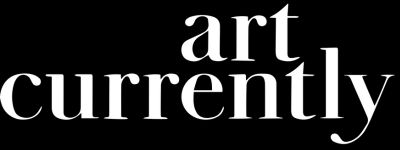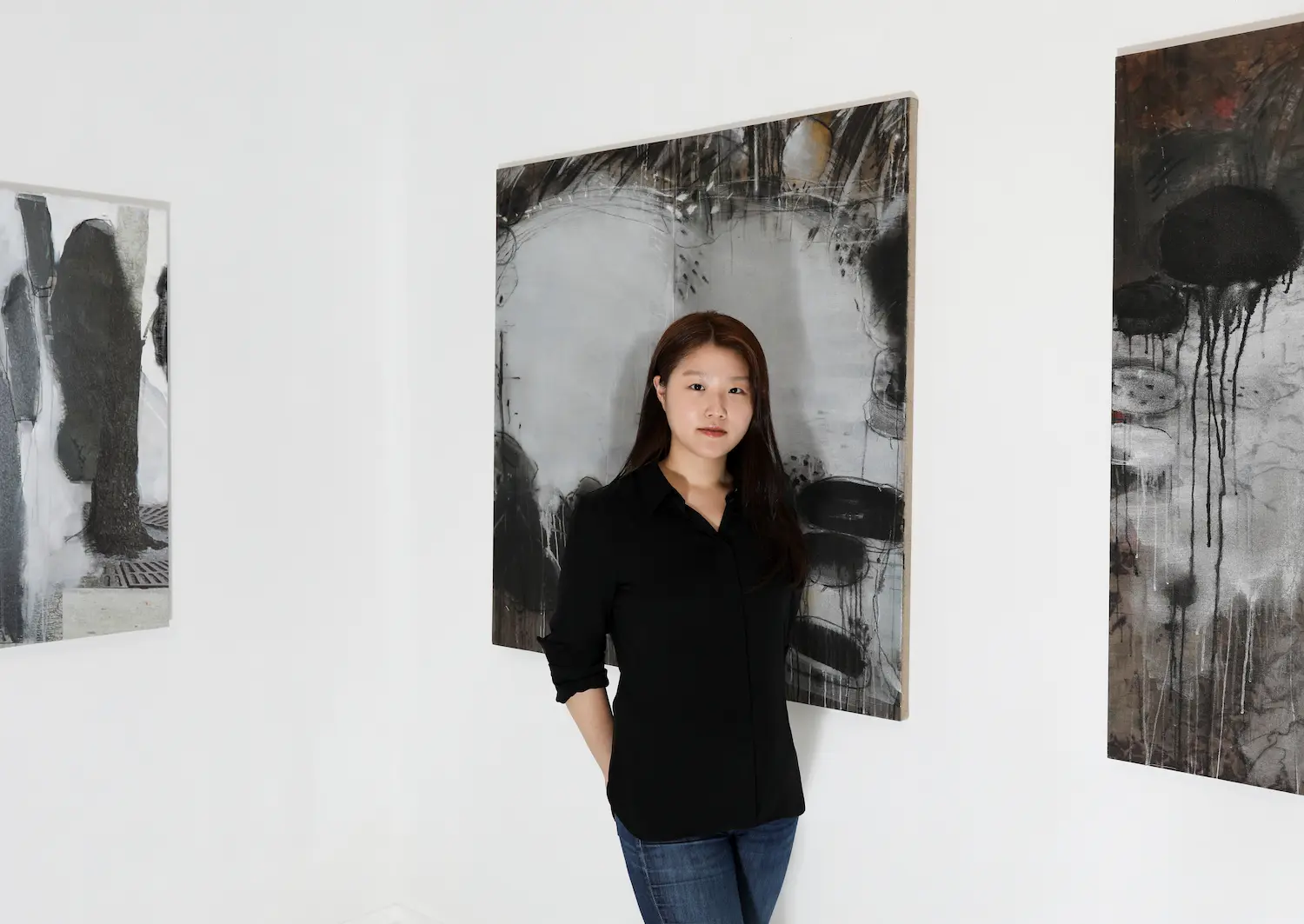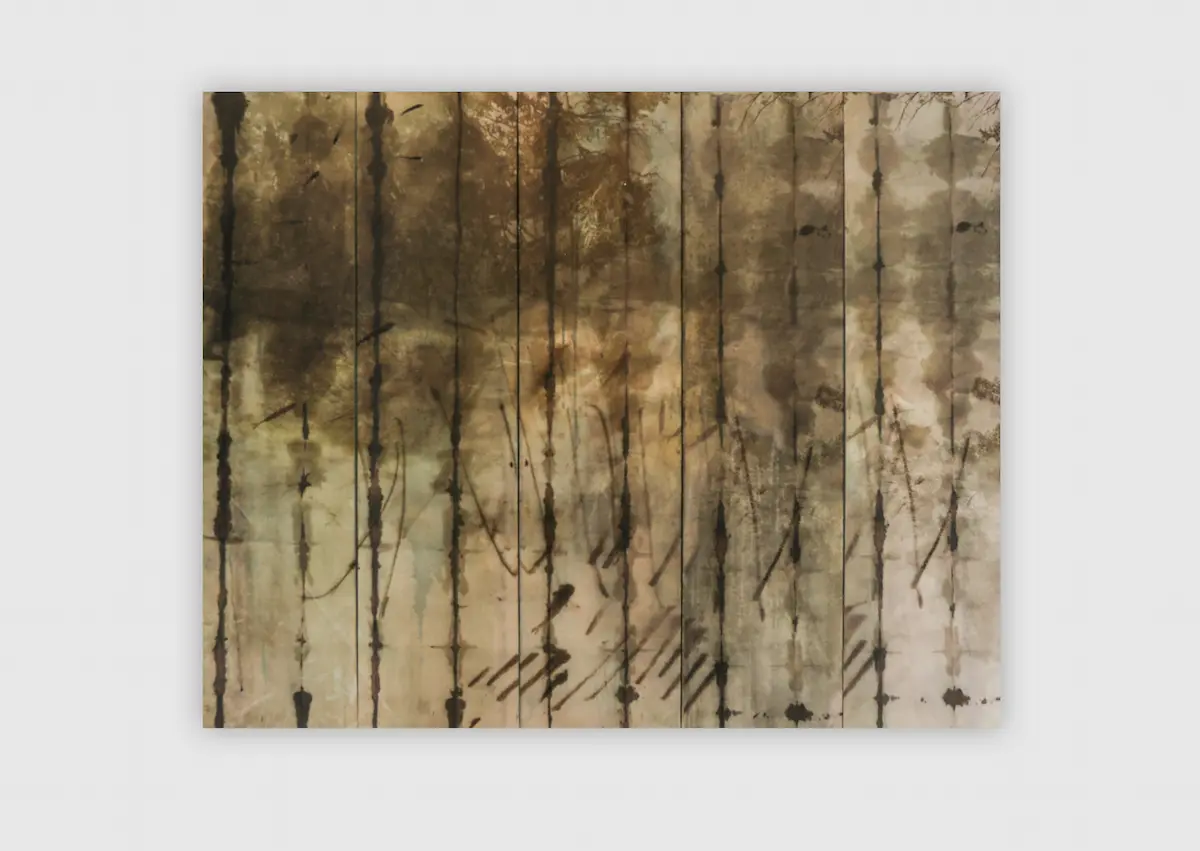International Curator Irene Gong Leads Kejoo Park’s U.S. Solo Debut at Space776
Irene Gong. Portrait by Talia Rudofsky.
In a serendipitous encounter that underscores the power of "word of mouth," New York-based curator Irene Gong discovered the work of Korean-American artist Kejoo Park through an artist friend in Tribeca a few months ago. Renowned for her work in environmental art and her commitment to environmental advocacy, Gong was immediately struck by how closely her interests and curatorial vision aligned with Park's. This connection led to Gong's curation of the artists' U.S. solo debut at Space 776, titled "Echoes in Time,"now on view through August 28.
Irene Gong, whose initial academic focus was hotel and tourism management at NYU during her undergraduate studies, has always been drawn to cultural and urban development projects, as well as designing spaces that focus on immersive experiences within a local and nature-friendly context. Returning to Korea during the pandemic, she had begun training under artist Sara Lee at the Gana Atelier for a year and a half, which led to her own solo show, Nature & Tradition, at a gallery with traditional architecture in Jongno District, known for its historical and cultural significance in Korea. After a successful show, she realized that she enjoys curating exhibitions that complement the perfect space and sharing them with her counterparts. She then returned to New York to study contemporary art at Sotheby’s Institute of Art that sparked her motivation to curate. Gong explains, “As curators, we must identify themes that resonate with the broader public to make them accessible and comprehensive. When designing exhibitions in confined spaces, I strive to incorporate immersive installations, surroundings, and paintings and sculptures that reflect the artists' identities and practices.”

Kejoo Park. Portrait by Talia Rudofsky.
In “Echoes in Time,” Gong selected pieces from Park's most recent 'Visible-Invisible' series, inspired by Joseph Beuys's environmental art project 7000 Eichen ('7000 Oaks'), alongside works from her two previous series. Beuys' long-term project combined environmental activism with public art, and Park's recent series created in Germany reflects this blend. The artist tells artcurrently, “Traveling to New York, I accidentally discovered part of Joseph Beuys's environmental installation project 7000 Oaks in Chelsea. To my surprise, the trees and stones from this installation were abandoned among trash and garbage bags, receiving no attention as an important work of art in the middle of Chelsea. I began taking photos of this scene, which evoked two main thoughts: first, a sense of sadness about the situation and a lack of respect for the artwork; and second, a question about viewers' perception and the visibility of art when it lacks a written title or price list.”
Park's artistic approach, characterized by her use of mixed media including taking a print and painting over it on canvas, some with metallic paints, is prominently displayed in this solo show. The "The Song of the Earth" series is a highlight inspired by Gustav Mahler's composition Das Lied von der Erde, which translates to The Song of the Earth. Mahler, moved by Hans Bethge's collection of ancient Chinese poems, adapted seven into a symphony that explores the cycle of life, parting, and salvation. Park, deeply inspired by Mahler's Taoistic symphony, particularly resonated with verses from the Tang Dynasty poet Li Bai. Blending Eastern and Western influences, she conceived paintings while repeatedly listening to Mahler's compositions in her studio, transforming her musical and poetic reflections into tangible spirituality on canvas. Three works from this series are featured in the "Echoes in Time" exhibition: Drinking Song of the Sorrow of the Earth (2021), The Lonely One in Autumn 1 (2021), and On Youth (2021).
Gong and Park's collaboration, ignited by a simple introduction, has evolved into a lasting partnership. Their joint efforts are already paving the way for two major public art projects: one in Germany and another as a traveling public art project on an international scale, extending into 2026, underscoring their growing influence in the global art landscape. Gong takes particular pride in facilitating Park's first solo exhibition in New York, an achievement she describes as an honor.
Reflecting on her journey as a curator, Gong shares, “Exhibiting Kejoo’s works was a turning point that gave me the courage to pursue my beliefs. Her artistic philosophy, which blends environmentalism, education, and various art genres, reaffirmed that combining art, nature, and cross-disciplinary collaboration delivers a more powerful message to the audience.”



